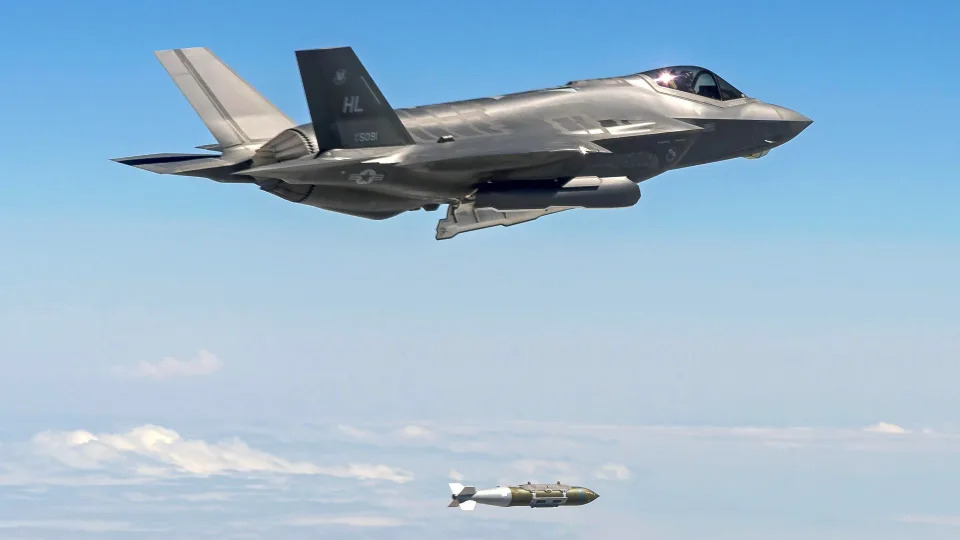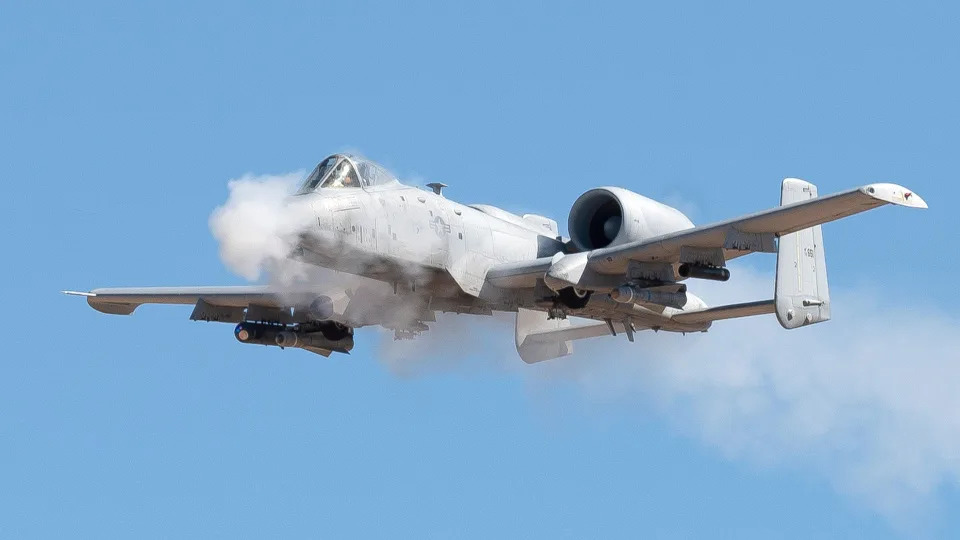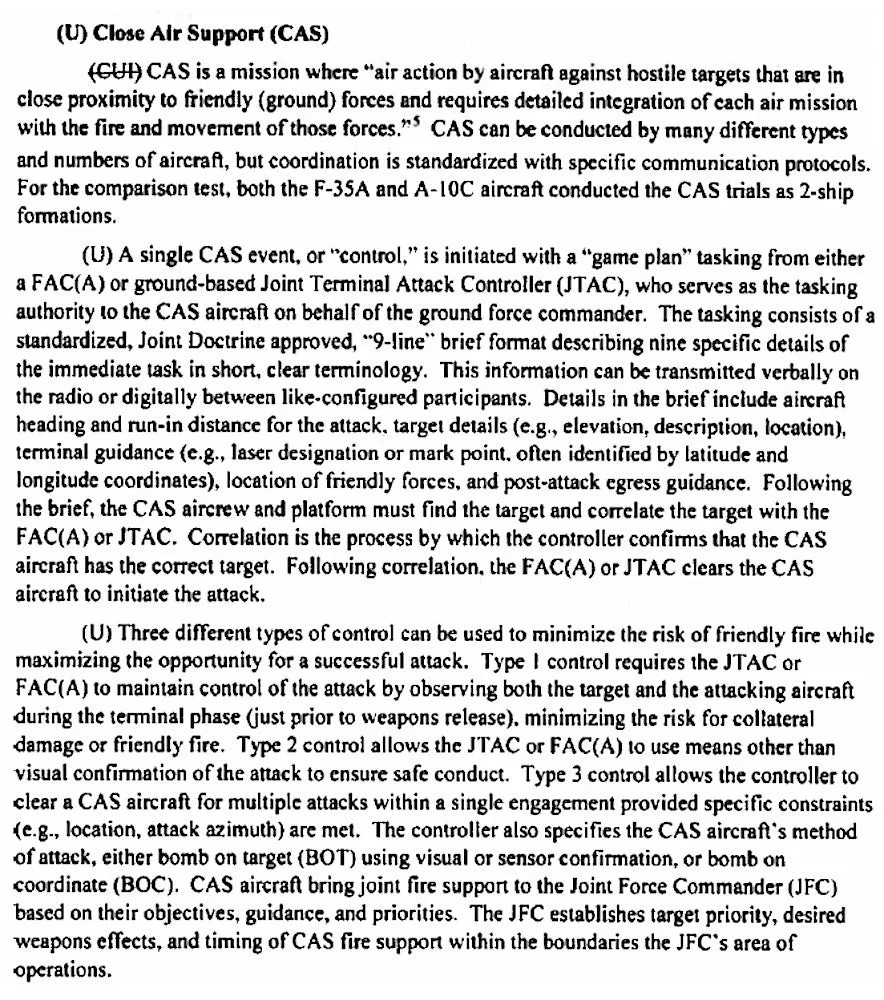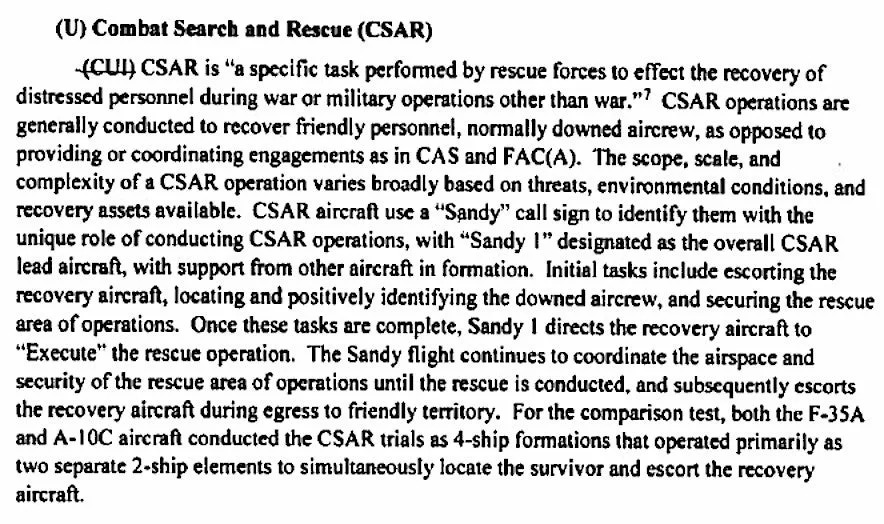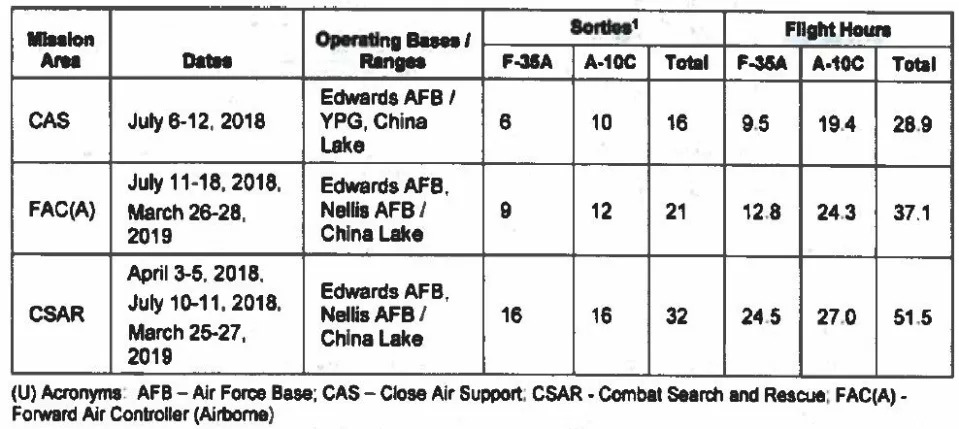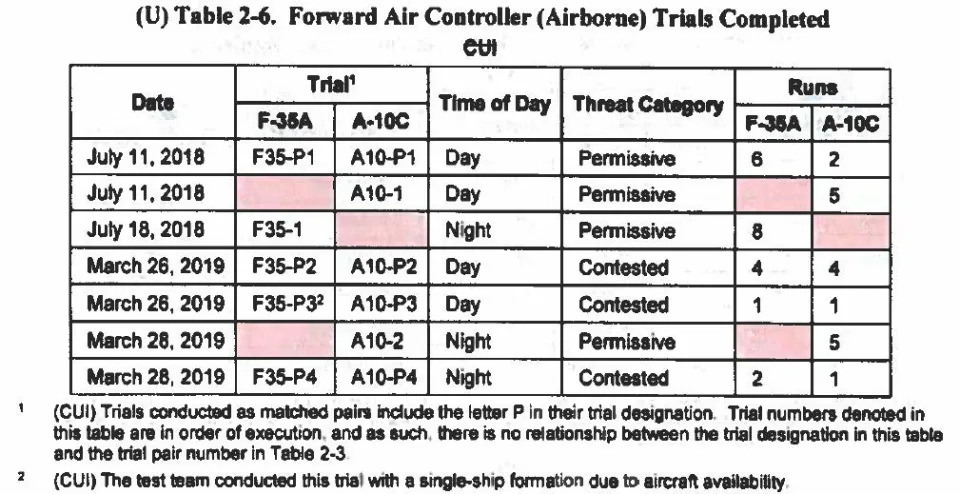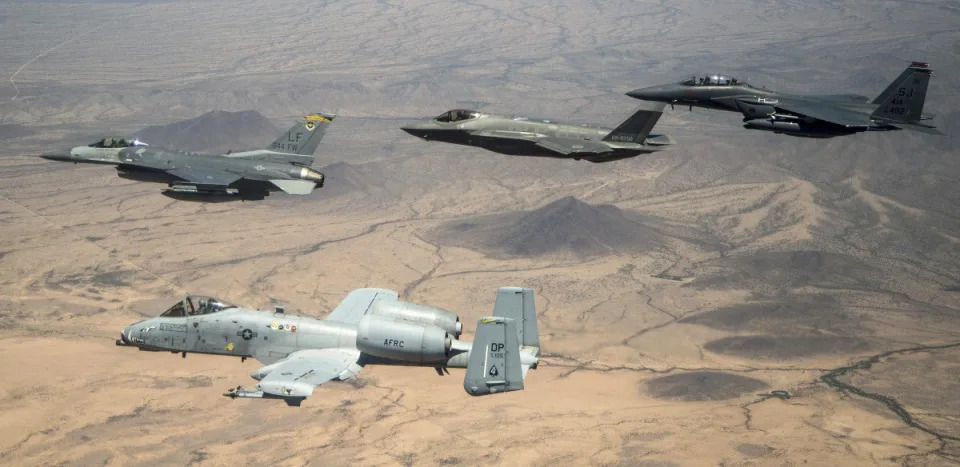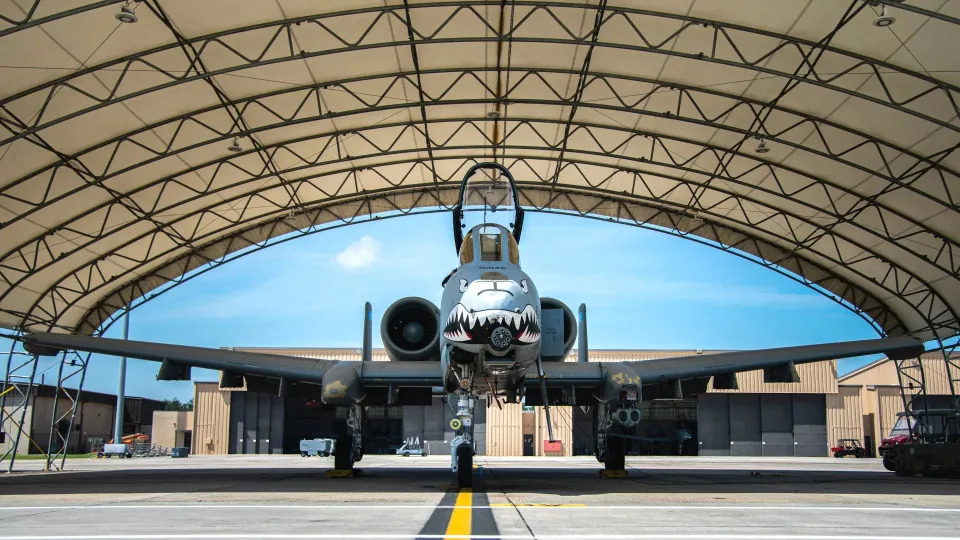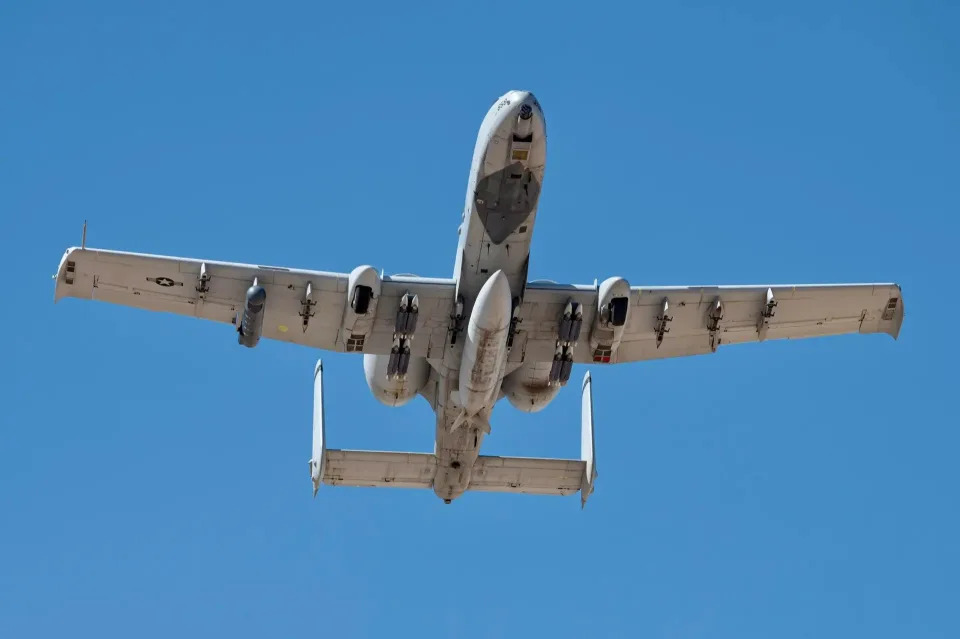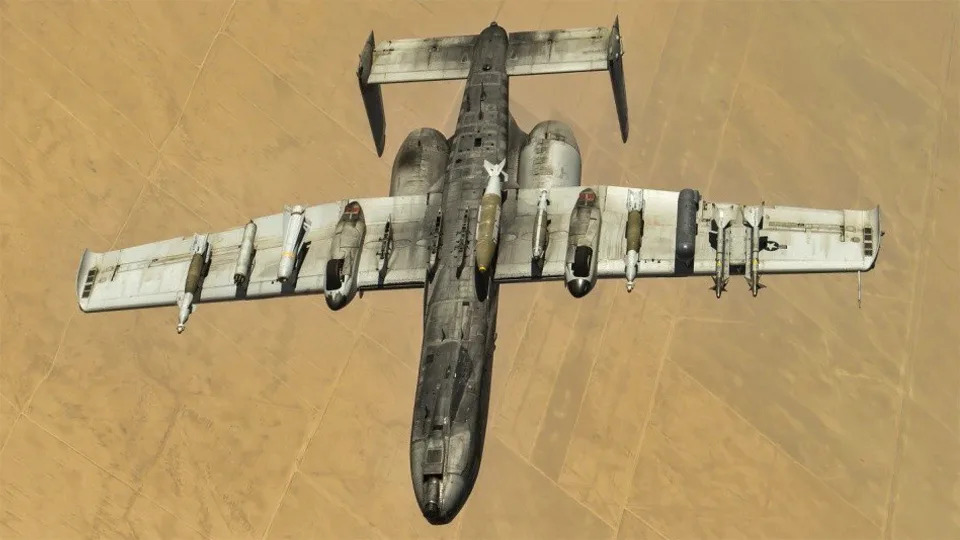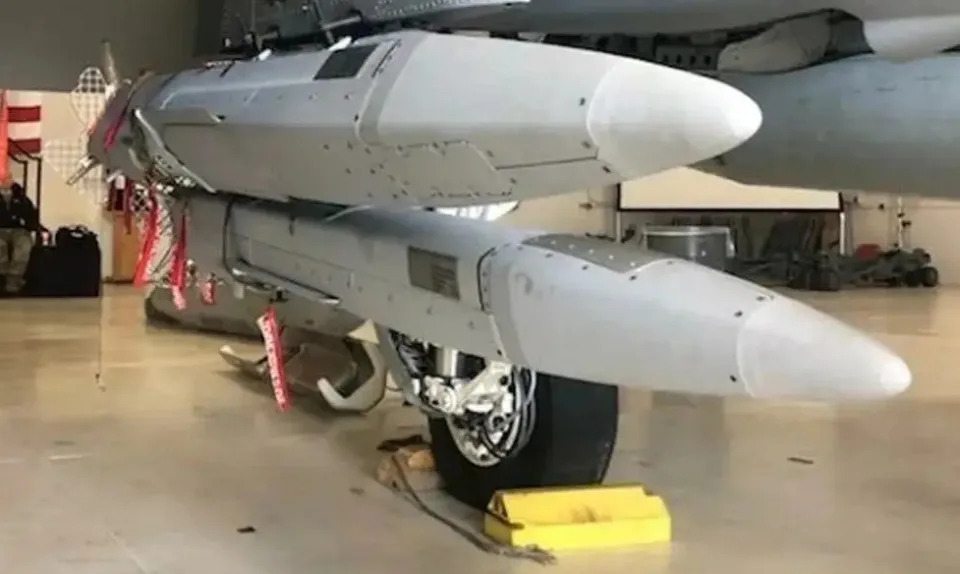By Jack Denton
BARRONS
Nov 03, 2023
Maersk (ticker: MAERSK A.DENMARK & MAERSK B.DENMARK) reported third-quarter earnings before interest, taxes, depreciation, and amortization (Ebitda) of $1.9 billion on revenue of $12.1 billion on Friday. The results—with both metrics below estimates of analysts surveyed by FactSet—mark a sharp decline from the same period in 2022, when quarterly profit at Maersk was $10.9 billion on $22.8 billion in revenue.
“Our industry is facing a new normal with subdued demand, prices back in line with historical levels and inflationary pressure on our cost base,” said Vincent Clerc, Maersk’s CEO. “Since the summer, we have seen overcapacity across most regions triggering price drops and no noticeable uptick in ship recycling or idling.”
Shares in Maersk tumbled more than 12% in Copenhagen trading on Friday.
After a post-Covid shipping boom, a slowing global macroeconomic backdrop and shifting geopolitical dynamics—including protectionism and supply-chain adjustments—are pinching hard. As a dominant force in shipping, Maersk’s results are an excellent bellwether for global trade—and the forecast is gloomy.
Maersk now sees global container volumes falling 0.5% to 2% in 2023, albeit slightly better than its previous forecast, but has said it now expects its full-year results to be at the lower end of previously communicated ranges. The range for yearly underlying Ebitda remains $9.5 billion to $11 billion.
As it faces a pronounced slowdown, Maersk is taking dramatic cost-cutting measures, including shedding its workforce. The company has already reduced its head count from 110,000 in early 2023 to some 103,500, and announced Friday that it would cut a further 3,500 positions.
Associated Press Finance
Thu, November 2, 2023

Charles Schwab office in Oakland, Calif. Charles Schwab laid off about 5% to 6% of its workforce this week, as the financial services firm works to cut costs. The company had 35,900 employees at the end of September, according to Charles Schwab’s latest quarterly report — meaning that this week’s cuts could impact roughly 2,000 employees.
NEW YORK (AP) — Charles Schwab laid off about 5% to 6% of its workforce this week, according to a company spokesperson, as the financial services firm works to cut costs.
The company had 35,900 employees at the end of September, according to Charles Schwab's latest quarterly report — meaning this week's cuts could impact roughly 2,000 employees.
“These were hard but necessary steps to ensure Schwab remains highly competitive, with industry-leading levels of efficiency, well into the future," a Charles Schwab spokesperson said in a statement to The Associated Press Thursday. "They are decisions that impact very talented people personally, and we take that very seriously.”
Over the summer, Charles Schwab disclosed plans to cut jobs and close or downsize some corporate offices as part of restructuring efforts to reduce operating costs in the second half of this year and the start of 2024.
The Westlake, Texas-based company previously said it projected to achieve at least $500 million of incremental annual run-rate cost savings — while also incurring about $400 million to $500 million from expenses like employee compensation, benefits and facility exit costs.
For the third quarter of 2023, Charles Schwab posted a net income of $1.1 billion, down from $2.0 billion seen in the same period last year. Revenue was $4.6 billion for the quarter, down from $5.5 billion for the third quarter of 2022.
Charles Schwab shares are down about 34% year to date, but up 3% in Thursday morning trading.
Chinese EV Maker Nio to Cut 10% of Staff Positions and May Spin Off Businesses
Bloomberg News
Fri, November 3, 2023


(Bloomberg) -- Nio Inc. said it is cutting jobs and and may spin off non-core businesses to reduce costs and improve efficiency, as the Chinese electric-vehicle maker falls way short of its sales targets and continues to post losses.
Shanghai-based Nio will cut 10% of staff positions in November, according to an internal letter signed by founder and Chief Executive Officer William Li seen Friday by Bloomberg News. “Duplicate” and “inefficient” roles will be eliminated, and project investment that won’t contribute to the company’s financial performance within three years will be deferred or cut, Li said.
The company’s US-traded stock rose as much as 3.2% in pre-market trading.
Once considered one of the brightest rising stars in China’s electric vehicle market, Nio has been falling badly short of its sales targets and continues to post losses. There were 26,763 full-time staff at the company at the end of 2022, according to its annual report. In addition to EVs, its businesses include battery and semiconductor research and development, as well as mobile phones.
The decision to trim employees and consider shuttering units reflects strains in China’s wider EV market, the biggest in the world, as increasingly dominant BYD Co. and the likes of Tesla Inc. squeeze out smaller players. A price war instigated by US-based Tesla a year ago amped up the pressure, with others following by slashing prices too in a race to attract customers as sales showed signs of slowing.
“This is a tough but necessary decision against fierce competition,” Li wrote in the letter. “Our journey is a marathon on a muddy track.”
The Chinese carmaker is in a fight for survival after intense competition in the nation’s automotive industry over the past two years. Li wrote that to “qualify for the next round of competition,” the company must reduce costs and ensure resources for critical business areas. He also apologized to the colleagues who will be affected by the adjustments, according to the letter.
Nio has a share of about 2.1% of the Chinese new-energy vehicle market, which includes hybrids, selling about 110,000 EVs in the first nine months of this year, well short of its annual target of 250,000 cars. By comparison, BYD sold over 165,000 fully electric cars in October alone, rising to 301,095 when including its hybrid sales.
Founded in 2014, Nio’s strategy includes splashy showrooms with exclusive lounge-like spaces called Nio Houses, where EV owners can get complimentary beverages and take social classes. Other membership-like benefits include free battery-swapping, charging and roadside assistance.
Nio has been scaling back those services as financial pressures mount. The automaker still hasn’t ever posted a profit, and last quarter suffered a bigger-than-expected loss of $800 million. Its market value has slumped to $13 billion from a peak of $99 billion in February 2021.
Nio’s gross margin dropped to as low as 1% in the second quarter as the price war intensified. In June, Nio raised $738.5 million from the Abu Dhabi government for a 7% stake in the company, and it has considered trying to bring in more funds. Bloomberg News reported in September that Nio had approached investors in the Middle East about raising a further $3 billion.
--With assistance from Ocean Hou.
(Updates with share move, details from company letter.)
Most Read from Bloomberg Businessweek









